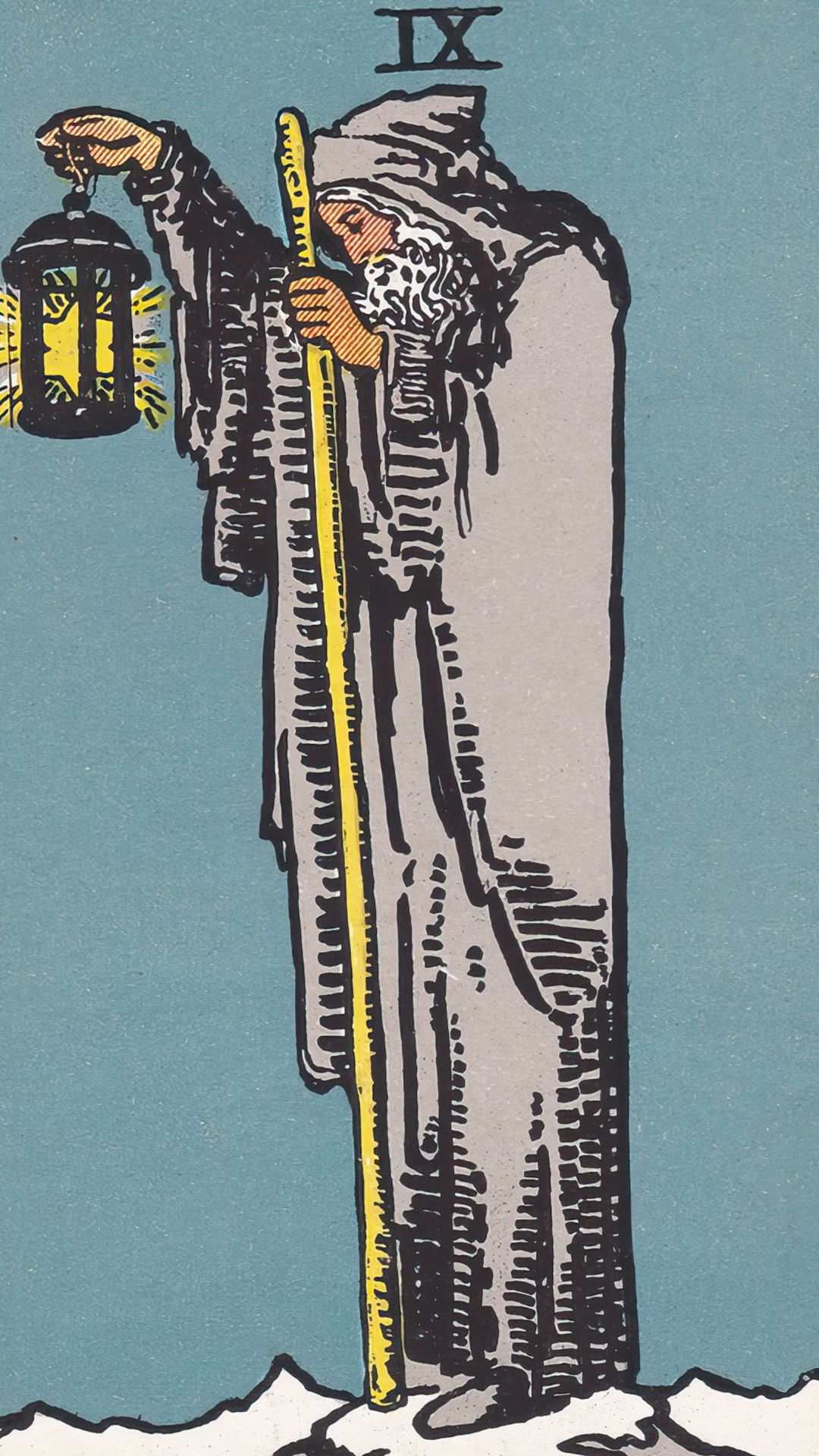Combination of card Eight of Wands and card The Hermit
The Hermit and Eight of Wands in direct position – a time of deep self-reflection amid rapid changes. Like a monk studying ancient texts by lamplight, you're diving inward while the world races ahead at breakneck speed. This striking contrast often surfaces during periods when you must simultaneously process what's happening now and catch the opportunities flying past you.
Combination of reversed card Eight of Wands and card The Hermit
The Hermit with a reversed Eight of Wands creates tension between inner exploration and external roadblocks. You're like a hiker who's found the perfect spot to reflect, but thick fog has rolled in, obscuring the trail ahead. Life's delays force you to slow down, giving you extra time to think – sometimes these setbacks are exactly what you need, if you know how to make the most of the pause.
Combination of card Eight of Wands and reversed card The Hermit
The Reversed Hermit with the upright Eight of Wands creates that sinking feeling of watching life speed by like a bullet train while you're stuck on the platform. Your inner compass is spinning wildly just when you need split-second decisions. Trying to catch up without getting your bearings first usually leads to messy choices. Sometimes you've got to step back and take aim before you leap.
Combination of reversed card Eight of Wands and reversed card The Hermit
The Hermit and the Eight of Wands both reversed – the perfect storm of being stuck. Inner wisdom feels miles away, and every external path hits a dead end. It's like sitting in bumper-to-bumper traffic with a broken GPS – you can't move forward and have no clue which way to go. This combo often shows up when your old playbook has expired, but you haven't written a new one yet. Time to question everything you thought you knew – that might be your ticket out of this jam.

